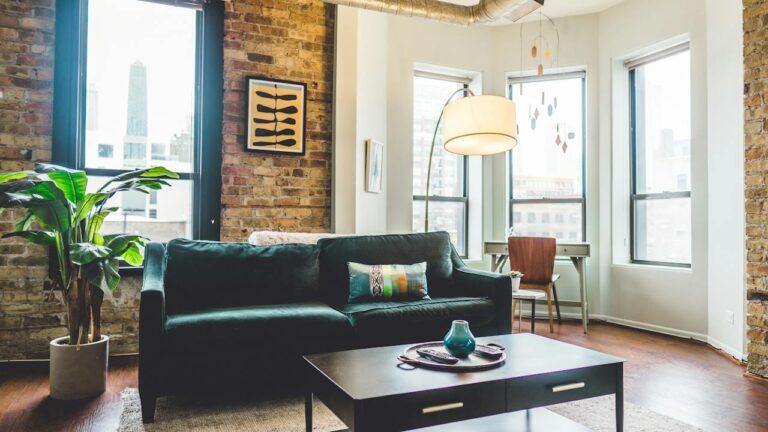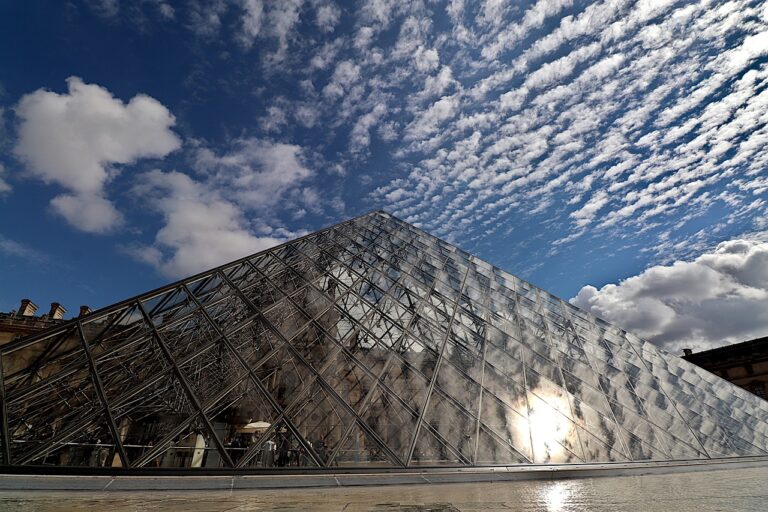An In-Depth Look
The world of interior design has transcended its traditional boundaries, ushering in an era where creativity meets technology. As designers strive to bring their visions to life, the role of interior design software has become indispensable. These digital marvels are not only reshaping the industry but also empowering designers with unparalleled tools to craft stunning spaces. In this in-depth exploration, we embark on a journey through the top five interior design software options, unraveling their unique features, advantages, and how they are reshaping the creative landscape.
1. SpatialSculptor: Sculpting Dimensions Beyond Imagination
At the forefront of innovation stands SpatialSculptor, a software that blurs the line between imagination and reality. This revolutionary platform empowers designers to sculpt virtual spaces with the finesse of an artist and the precision of an architect. What sets SpatialSculptor apart is its intuitive interface, enabling designers to manipulate textures, colors, and layouts seamlessly. Its advantage lies in its ability to translate complex 2D sketches into intricate 3D models, offering a tangible preview of the final masterpiece.
Advantages:
Immersive 3D Experience: SpatialSculptor elevates design by providing an immersive 3D environment, allowing designers to walk through their creations and identify potential flaws or enhancements.
Real-time Collaboration: This software fosters collaborative efforts, enabling multiple designers to work on a project simultaneously, regardless of their geographical locations.
Efficient Material Management: With its extensive material library and accurate rendering, SpatialSculptor assists in making informed decisions about textures and finishes.
2. ChromaVision: Colors Redefined, Spaces Reimagined
Enter ChromaVision, where colors are not just a visual element but an emotion. This software paints a digital canvas with an extensive spectrum, allowing designers to explore shades and tones that resonate with their vision. ChromaVision’s advantage lies in its ability to predict how various colors interact within a given space, ensuring harmonious combinations that evoke desired emotions.
Advantages:
Color Psychology Integration: ChromaVision integrates color psychology principles, helping designers select palettes that align with the intended atmosphere of the space.
Instant Color Testing: Designers can experiment with colors in real-time, eliminating the need for time-consuming paint samples and minimizing material wastage.
Client Collaboration: By visualizing color concepts effectively, ChromaVision bridges the communication gap between designers and clients, fostering a more transparent creative process.
3. LuminaLoom: Illuminating Design Possibilities
Light, an often underestimated element, takes center stage with LuminaLoom. This software focuses on lighting design, allowing creators to sculpt moods and emphasize focal points with the touch of a virtual switch. LuminaLoom’s advantage is its accurate simulation of natural and artificial lighting, enabling designers to make informed decisions about fixture placements and light types.
Advantages:
Dynamic Lighting Simulations: LuminaLoom’s dynamic simulations showcase how different lighting setups transform a space from day to night, empowering designers to curate environments for any time of day.
Energy Efficiency Analysis: This software aids in designing eco-conscious spaces by providing insights into energy consumption and suggesting ways to optimize lighting for efficiency.
Aesthetic Accuracy: LuminaLoom ensures that the visualized design aligns with the actual experience, avoiding any discrepancies between the envisioned and realized spaces.
4. FormFlow: Where Functionality Meets Aesthetics
Functionality and aesthetics intertwine seamlessly within the realm of FormFlow. This software caters to designers who prioritize both form and function, allowing them to create spaces that are not only visually appealing but also optimized for efficiency. FormFlow’s advantage lies in its focus on ergonomics and spatial flow, ensuring that every design decision contributes to a harmonious living experience.
Advantages:
Ergonomic Analysis: FormFlow provides tools to assess ergonomic factors, such as furniture placement and user accessibility, guaranteeing designs that prioritize comfort and usability.
Space Utilization Optimization: Designers can experiment with layout variations to find the most efficient and aesthetically pleasing arrangements for any given space.
Client-Centric Design: By incorporating clients’ lifestyles and usage preferences, FormFlow helps designers craft spaces that align with the inhabitants’ needs and routines.
5. VirtualVista: The Window to Photorealistic Worlds
Closing our journey is VirtualVista, a software that transforms design concepts into photorealistic visualizations. This tool transcends traditional mood boards by allowing designers to place their creations within realistic settings. VirtualVista’s advantage lies in its ability to evoke emotions and provide clients with an almost tangible experience of their future spaces.
Advantages:
Client Engagement Enhancement: VirtualVista bridges the gap between abstract concepts and client understanding, fostering a deeper sense of connection and engagement with the design process.
Marketing and Presentation: Designers can utilize VirtualVista to create compelling marketing materials that showcase their portfolios in the most realistic and visually appealing manner.
Preemptive Problem-Solving: By visualizing designs in detail, VirtualVista aids in identifying potential design issues and rectifying them before they manifest in the physical space.

Conclusion
In the ever-evolving landscape of interior design, these software solutions are more than mere tools—they are catalysts for innovation, creativity, and efficiency. As technology continues to advance, so too will the capabilities of these platforms, reshaping the way designers bring their visions to life. Whether it’s sculpting dimensions, weaving colors, illuminating spaces, optimizing functionality, or crafting realistic vistas, these software options are shaping the future of interior design, one pixel at a time.







